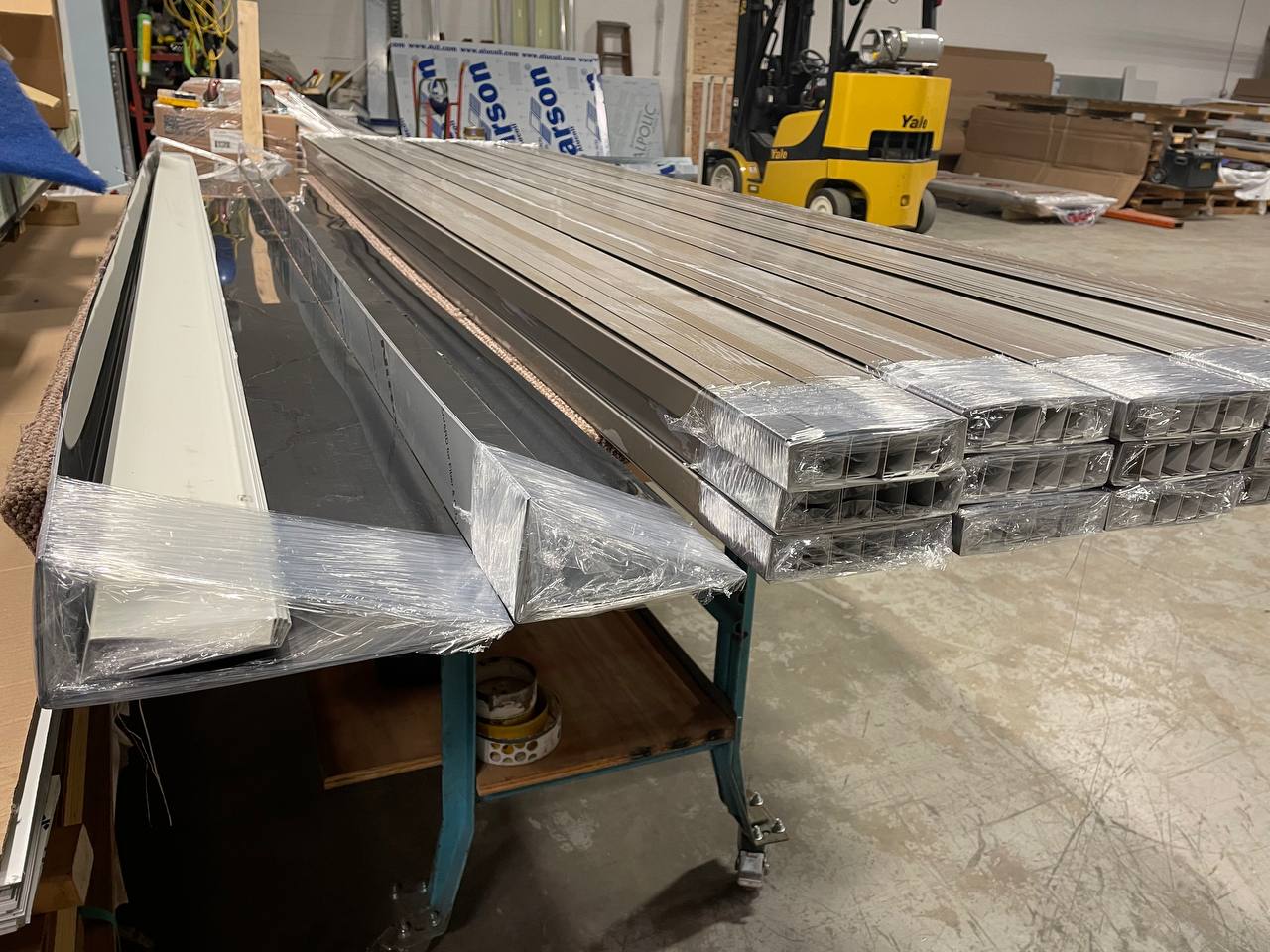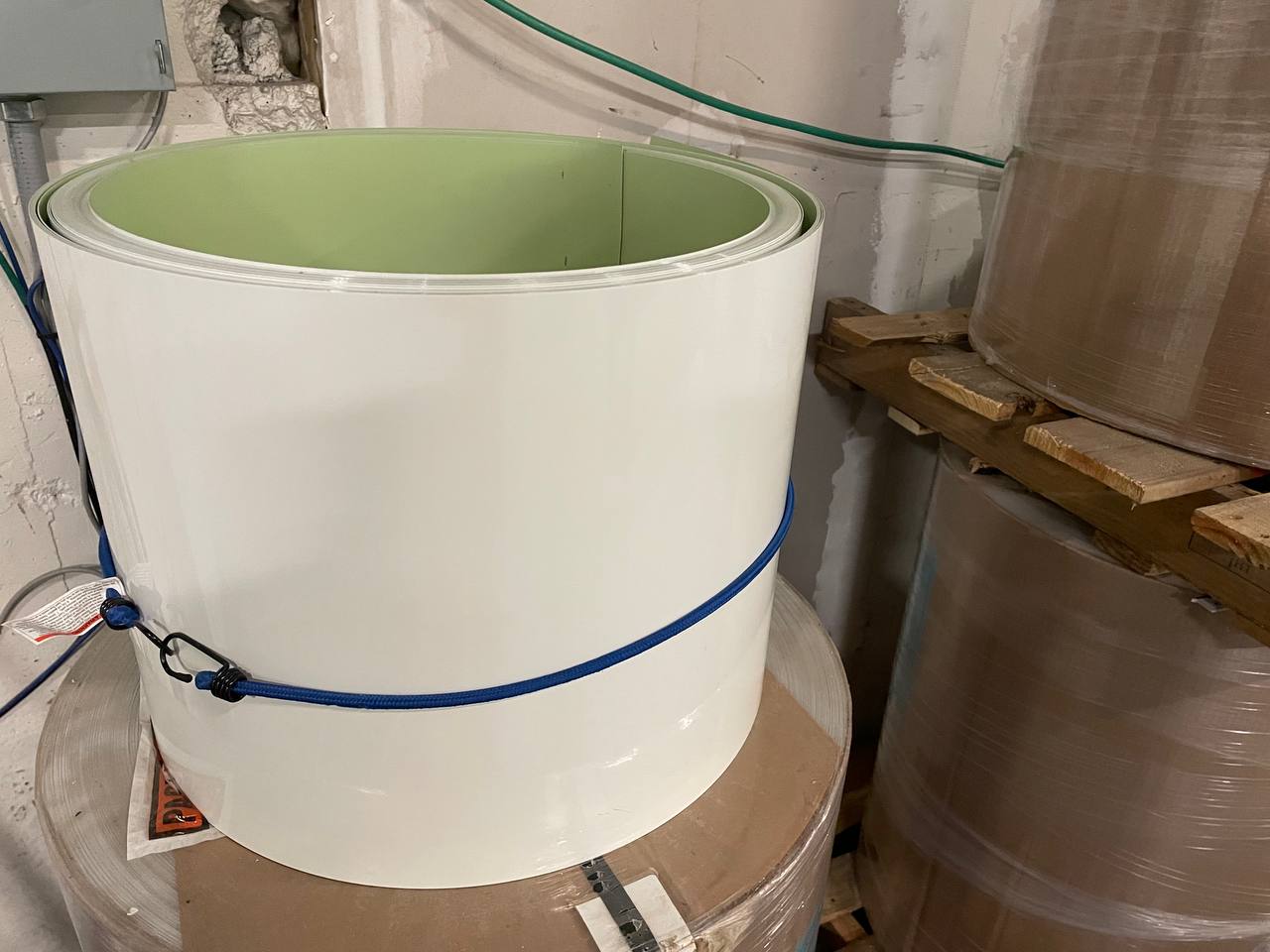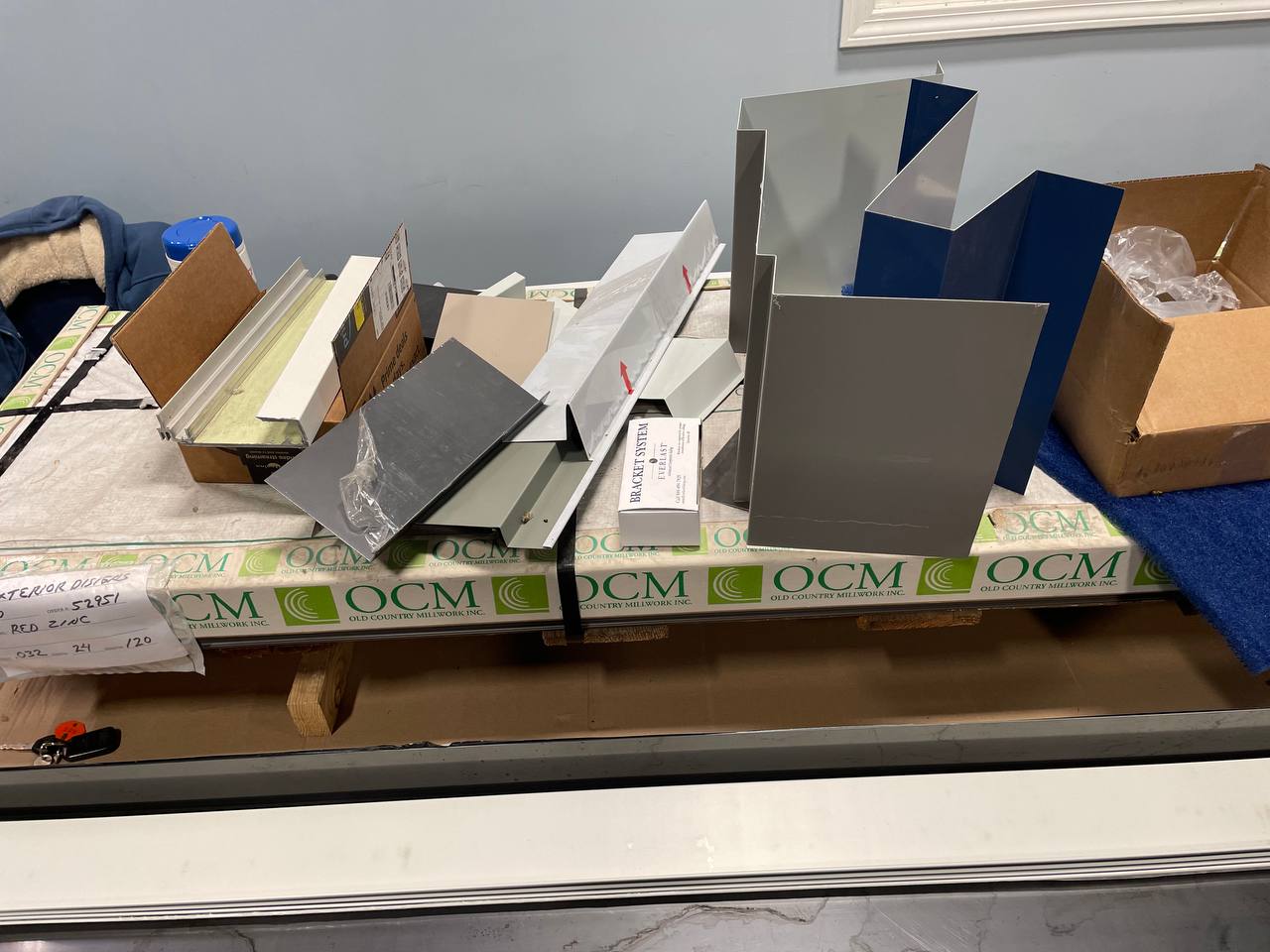Sheet metal
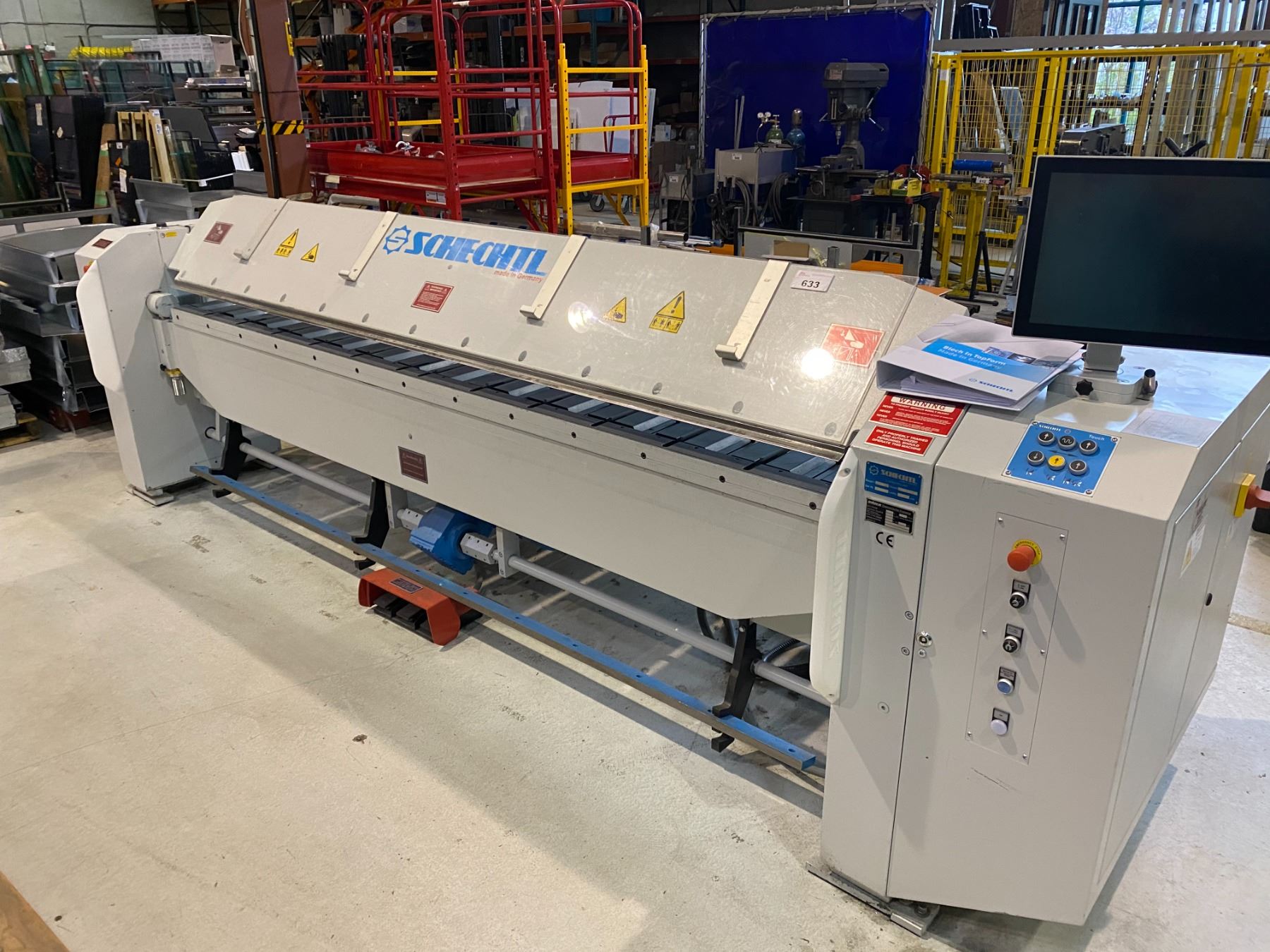
All your flashing needs in one place.
If you’re looking to get top-tier metalwork done for an elaborate piece of architecture, we’ve got you covered.
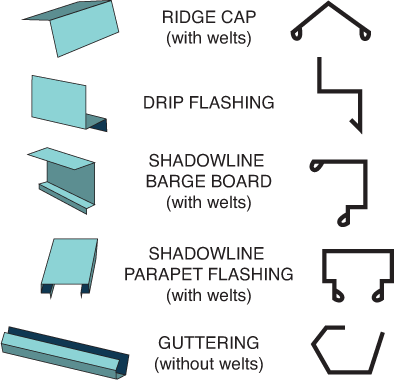
Take your pick
Stainless Steel:
Austenitic stainless – known for their formability and resistance to corrosion, these are the most widely used grade of stainless steel.
Ferritic – typically employed for non-structural uses where either good corrosion resistance is needed such as with seawater applications or decorative applications where aesthetics are the main concern.
Martensitic – developed to provide steel grades that are both corrosion resistant and hardenable via heat-treating to a wide range of hardness and strength levels.
Cold Rolled Steel – steel processed to smooth the finish and hold tighter tolerances when forming.
Pre-Plated Steel – Sheet metal material that is either hot-dipped galvanized steel or galvanealed steel, which is galvanized then annealed. Galvanization is the process of applying a protective zinc coating to steel in order to prevent rust and corrosion. Annealing is a heat treatment process that alters the microstructure of a material to change its mechanical or electrical properties, typically reducing the hardness and increasing the ductility for easier fabrication.
Aluminum: An outstanding strength to weight ratio and natural corrosion resistance, aluminum sheet metal is a popular choice in manufacturing sectors meeting many application requirements.
Copper/Brass: With a lower zinc content brasses can be easily cold worked, welded and brazed. A high copper content allows the metal to form a protective oxide later (patina) on its surface that protects it from further corrosion. This patina creates an often highly desirable aesthetic look found in architectural or other consumer-facing products.
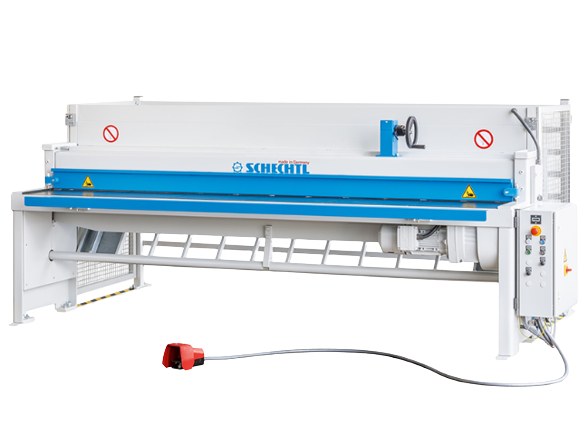
German engineering
For our sheet metal fabrication we use the Bavarian Schechtl shear and folding machines. Founded in 1910 as a simple smithing outfit and guided by loads of pioneering spirit, Schechtl has grown into one of the world’s leading manufacturers of swivel bending machines and squaring shears for processing sheet metal. They have sold more than 45,000 units worldwide, and we’re proud to say that their fine machinery graces our own facilities.
By definition, sheet metal starts out flat, but before this, it comes from large cast ingot and the rolled into a long ribbon in the desired thicknesses. These rolled coils are then flattened and sent as large sheets cut to different lengths to accommodate the manufacturing shop’s needs. While this paper focuses on bending sheet metal along a single axis, there are processes out there, hot and cold forming techniques that include bending and forming sheet metal along multi-axis points in one process such as deep drawing, hydroforming, spinning and stamping. These processes are most commonly found in the manufacturing of products like automobile panels, aluminum cans, and complex formed consumer appliances. Another similar process is progressive stamping which moves a ribbon along a series of stamping which forms and punches different stages. At the end of these progressive stages, you are left with a finished part.
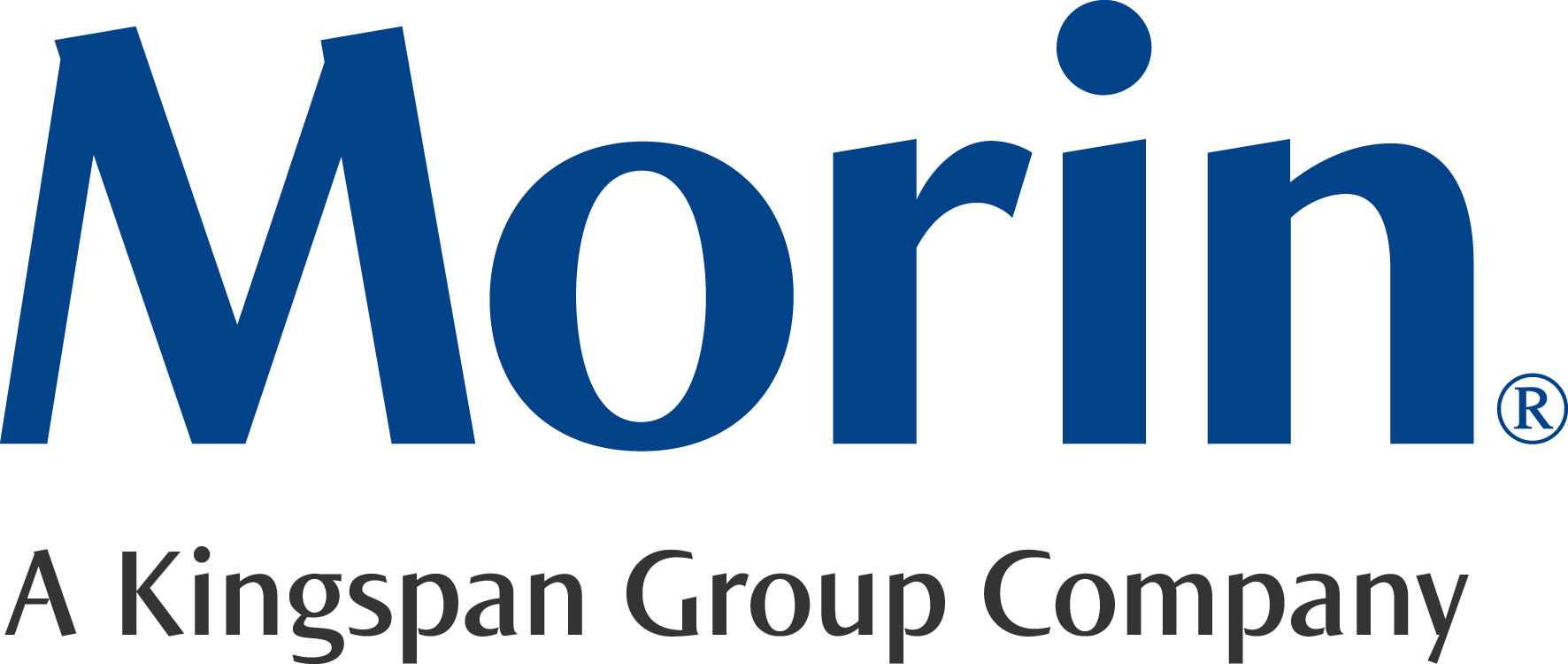
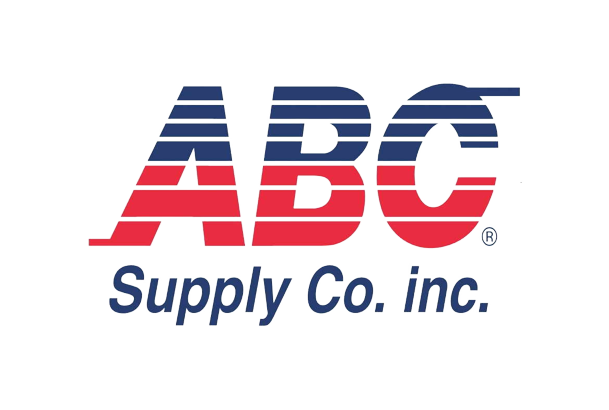

Proven performers
Our company utilizes metals from companies like Morin®, ABC® and Firestone®, all of which have stood the test of time. There are many different options, and the choice is determined by your specific needs. Things to consider include formability, weldability, corrosion resistance, strength, weight, and cost.
